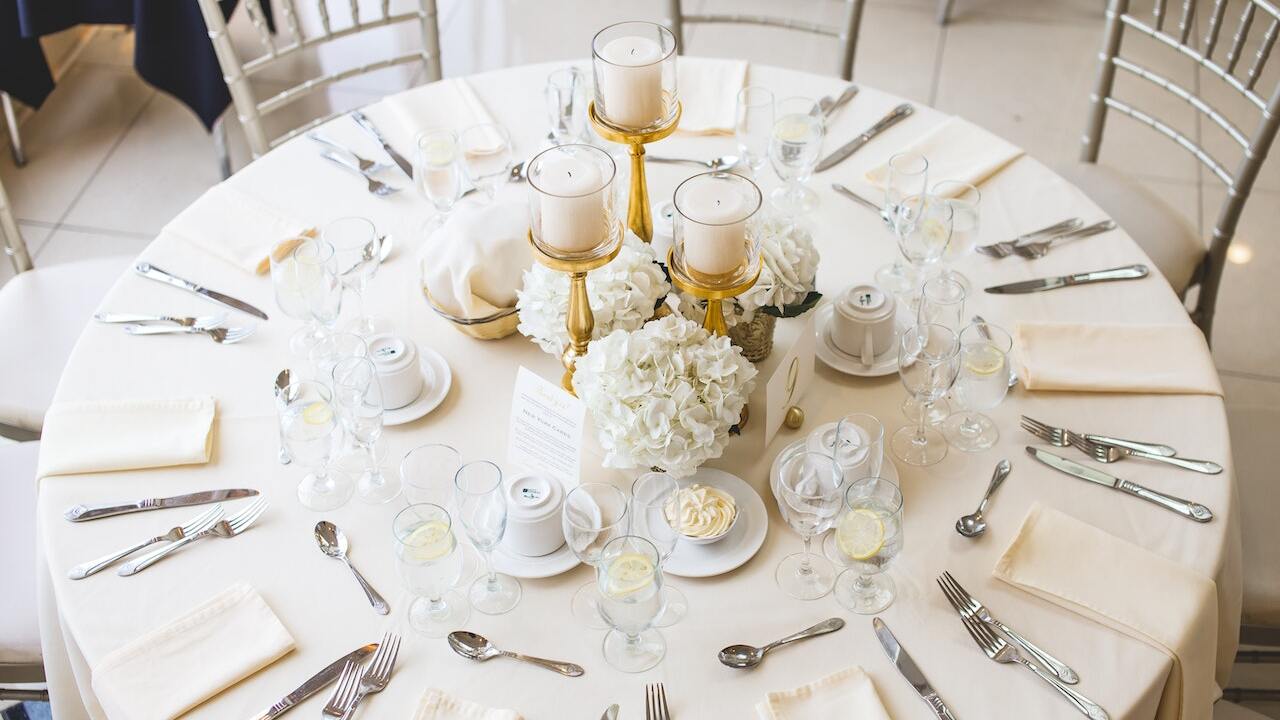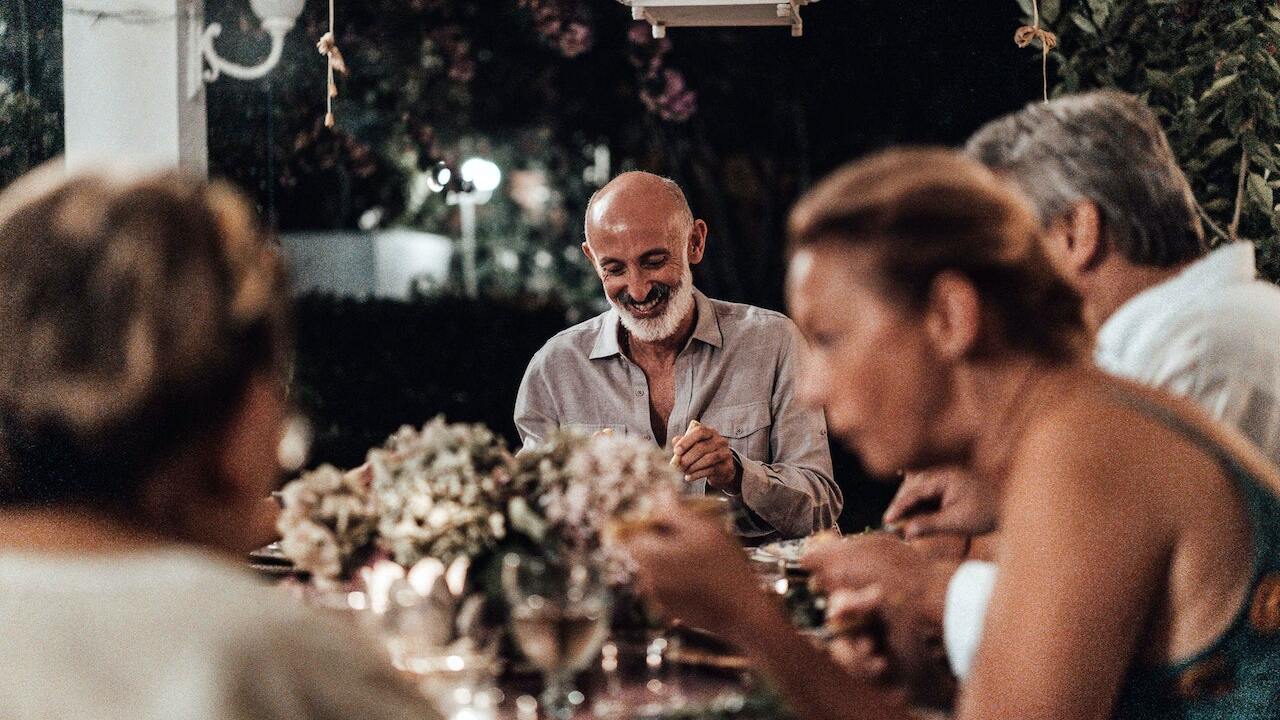Dining in France, particularly in Paris, is not merely about satisfying hunger; it’s an art, a celebration, and a key component of French culture. Whether you’re in a sophisticated Parisian restaurant, a charming country bistro, or dining in a French home, understanding and respecting the dining etiquette will not only enhance your dining experience but also show your respect for French culture. Here’s a guide for American visitors to navigate the French dining etiquette:
1. Time for Dining:

Dining times in France can differ from American norms. Lunch typically starts around 12:30 PM and dinner not until 8 PM, often later in the city. Also, French meals tend to be leisurely affairs, so do not expect to eat in a rush.
2. Bread and Butter:

In a French meal, bread is not served as an appetizer with butter. It’s typically placed directly on the table (not on your plate) and is used to push food onto your fork and soak up sauces.
3. Cutlery Use:

The French use cutlery in the « continental style. » The fork is held in the left hand, and the knife in the right, throughout the meal. The tines of the fork face down, and the knife is used to push food onto the fork.
4. The Cheese Course:

Cheese is typically served after the main course and before dessert. It’s usually served with bread, not crackers. Cut a slice of cheese, put it on your bread, and eat them together.
5. Wine Etiquette:

Wine is an essential part of French dining. If you’re the one ordering, remember that it’s not necessary to select the most expensive bottle. It’s more important to choose a wine that complements the food. Wait for everyone to be served before raising your glass for a toast, typically with the words « Santé! »
6. Coffee and Dessert:

The French typically have coffee after dessert, not with it. Coffee, usually an espresso, marks the end of the meal.
7. Tipping:

Service charge is included in your bill in France. However, it’s customary to leave small change as an additional tip, especially if the service was exceptional.
8. The Phrase ‘Bon Appétit’:

It’s not as commonly used as you might think. In formal dining, some French consider it impolite, as it reminds one of the bodily function of eating. However, in a casual setting, it’s still used.
9. Respect the Chef:

In France, the chef’s menu is seen as a well-crafted culinary experience. Substitutions or changes are not common practice. If you have dietary restrictions or allergies, inform the restaurant when booking.
Navigating French dining etiquette can seem daunting at first, but remember, it’s about enjoying the experience and respecting the culture. So, relax, take your time to savour the food, and enjoy the art of French dining. Bon appétit!
🔗 [Link to book your tour: https://vu.fr/pfNA ] 🔗
🚀 Join us on this exciting 2CV tour and fall in love with the magic of Paris! 🗼✨
#ParisTravel #AmericanInParis #ParisianAdventure #ParisOffTheBeatenPath #ExploreParis #ParisTips #CityOfLights #ParisLife #ParisianCuisine #FrenchCulture #DiscoverParis #ParisGuide #ParisHistory #ParisianStyle #ParisArt #ParisTourism #TravelToParis #ParisianLife #LoveParis #ParisExperience
